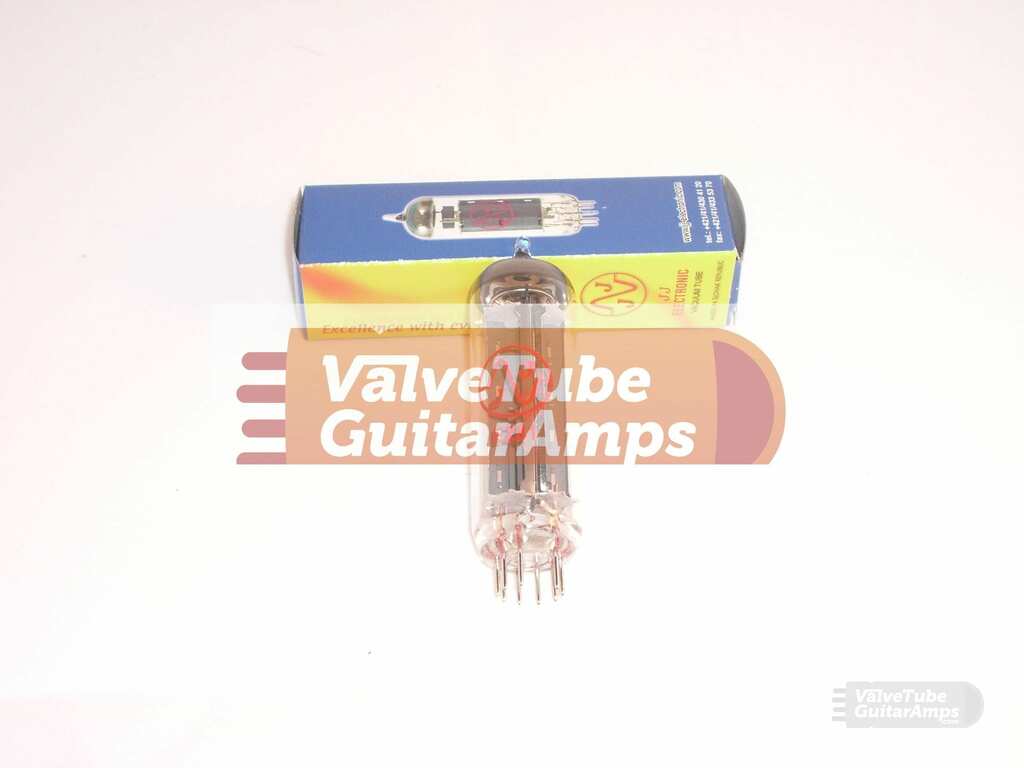Rectifier Valve ?
Many of the vintage amplifiers such as the Vox AC30 , Fender Twin Reverb use a rectifier valve. Other amps use modern silicon diodes.
The rectifier valve ( or diode) is a key part of your amplifier’s power supply. Its job is to “convert” or rectify the AC voltage coming from the transformer into the high DC voltage needed by your valves in your amplifier. The output valves need the highest voltage ( EL34’s 5881/6L6, 6V6, el84 etc) and the voltage is usually stepped down to supply the cure little ECC83 /12AX7, ECC82 , ECC83 pre-amp valves.
Common valve rectifiers used in valve amps are the EZ81 ( less commonly known as the 6CA4), the GZ34 ( also known as the 5AR4), and the 5U4, favoured by Fender.
So what are the advantages and disadvantages of having the “old fashioned ” valve rectifier versus silicon diodes?
The silicon diodes are much more reliable and robust and will last much longer than any valve rectifier. So it appears that you should go for silicon diodes, right?
If reliability is your only need then that is the right choice but good old valve rectifiers have some other advantages
Valve rectifiers and although they appear to be sitting in the power supply and they do have an effect on your amp’s sound.
Valve rectifiers have an internal resistance that is higher than a silicon diode. When you play a loud note on your guitar there is a larger current drawn by the output valves as the signal is much larger. As the valve rectifier has a higher resistance , this causes the high voltage DC volts to drop. As the note ” dies away” the current is less and so the voltage comes back up. Higher volts supplied to the output valves mean a bigger output signal. What this means is that the rectifier valve acts as an audio compressor ! The notes sustain for longer. This effect in rectifiers is known as “sag” as the power voltage ” sags” when the amp is driven hard. This is a nice effect and makes the guitar sound more”lively”
However, this does come at the expense of reliability. It is worth noting that rectifiers ” wear out” just like all the pre-amp and output valves in your amp. Unfortunately you need to replace your rectifier just like the other valves when they start to wear.
Like all valves the rectifier has a heater and this emits electrons to make the current flow. However over time this electron emission tails off and this results in the high voltage for the valves to start to drop. This means less power out of the amp and also you get too much sag ( you can have too much of a good thing !!)
Most folks hear when one of the pre-amp valves has gone micro-phonic for example, and it needs replaced. The effect of having a worn rectifier is hard to detect as the amp just very slowly deteriorates over time and for a while you will not notice it.
Valves are a bit like traditional light bulbs but just dont glow as bright. The heater can blow just like a light bulb,. If you amp powers up but is totally dead then the first thing to check is to make sure the rectifier is heating up. You can see it glow If not, then first task is to replace it.
If you are planning to change the output valves it is a good idea to change the rectifier too. You can keep the old one as a spare. In my days of being on the road and my amp being continuously going from a hot club out to a cold winter’s night, I have arrived to do a gig and found the rectifier dead. I always carried a spare one and that saved my butt on more than one occasion. If you are doing a gig, I recommend you don’t move the amp until the valves have totally cooled down. The heaters in the valves are mechanically more susceptible to failing, if your e amp is moved when hot.
Many suppliers of valves have all the kits of pre-amps and output valves but don’t offer the rectifier. We support vintage and re-issue amp users through stocking retifiers. We are relatively new to valve sales and we sold out of rectifiers in a few days. Clearly folks needed them !!
Why Change the rectifier valve in your amp

